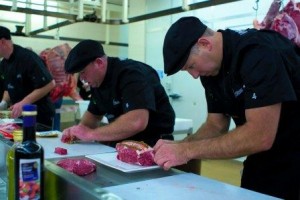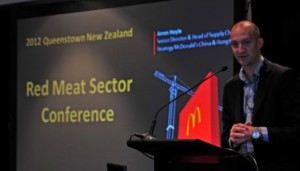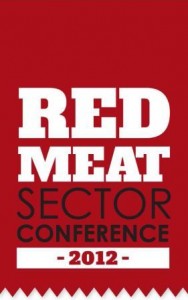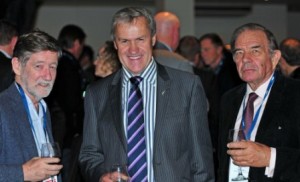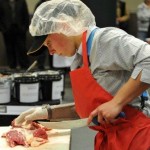 Six of New Zealand’s best butchers have been chosen to represent New Zealand in the 2013 Wedderburn Sharp Blacks team.
Six of New Zealand’s best butchers have been chosen to represent New Zealand in the 2013 Wedderburn Sharp Blacks team.
After a battle between the four remaining 2012 Wedderburn Sharp Blacks and six new challengers the best butchers overall were chosen.
The result was two new additions to the team, with all those from 2012 maintaining their positions. The 2013 team is: Paddy Kennedy, Allenton Meat Centre, Ashburton; Peter Martin, Mad Butcher Onehunga, Auckland; Peter Tuapawa, Victoria Park New World, Auckland; David Timbs, Peter Timbs Meats, Christchurch; Bruce van der Nett, Pak’nSave, Taupo; and Corey Winder, Ashby’s Fine Meats & Deli, Christchurch.
The Sharp Blacks compete annually and after two years of trans-Tasman rivalry, the new team will be competing in the first tri-nation competition – New Zealand, Australia and Great Britain – in 2013.
Newcomers to the competition, Britain, will be raising the stakes making the 2013 test match the most competitive yet.
Competition organiser Kim Doran, from Retail Meat New Zealand, says with Britain entering the mix the competition has reached new heights for the industry.
“The test has become a highly anticipated event on the industry calendar and with the new addition of Britain things will only become more exciting.”
Building these international relationships can only be a good thing for the New Zealand meat industry,” says Doran.
Earlier this year, the current team lost by only a fraction to Australia which means the new team will be looking for redemption in 2013.
The 2013 tri-nation match will be held in Wanaka on 9 March.

